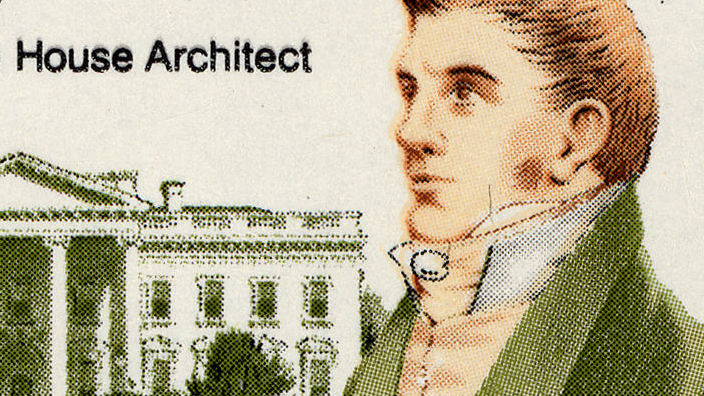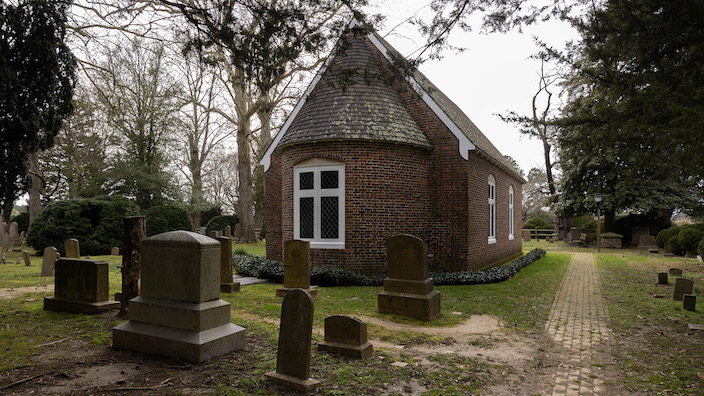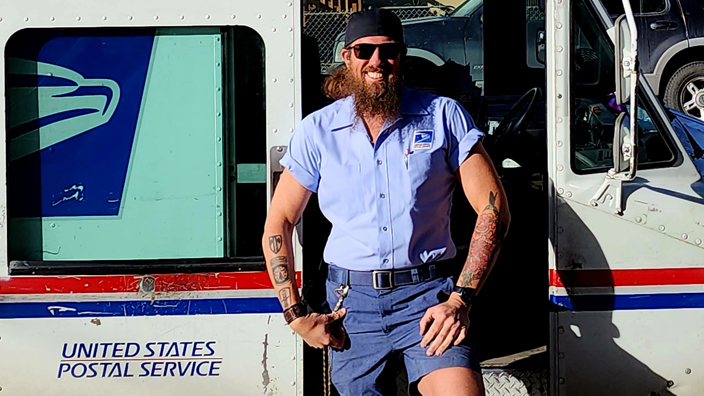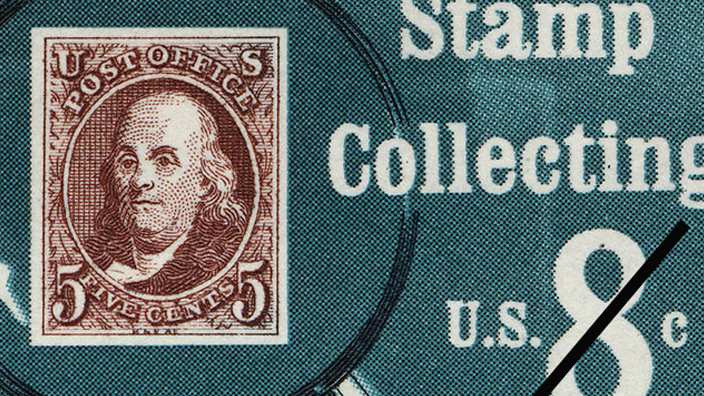
Two stamp releases are on the way
Bluegrass and Garden Delights arrive this weekend
The Postal Service has two stamp releases on tap this weekend.
Bluegrass, a Forever stamp celebrating the singularly American musical style, will be released Friday, March 15.
Born in the mid-20th century, bluegrass blends old-time folk and fiddle music with elements of the blues, jazz, country and gospel.
The stamp art is inspired by vintage concert posters and features four acoustic string instruments typical of bluegrass bands — guitar, five-string banjo, fiddle and mandolin — below the word “bluegrass.”
Text at the top of the stamp reads “high lonesome sound,” a nickname for the genre.
Antonio Alcalá, an art director for USPS, worked with designer and illustrator Heather Moulder to produce the art. Moulder created the design as a letterpress print, with each layer carved by hand from wood and linoleum.
USPS will dedicate the stamp March 15 at the Bluegrass Music Hall of Fame and Museum in Owensboro, KY.
Garden Delights, four Forever stamps that celebrate the flora of spring and summer gardens, will be released Saturday, March 16.
Each stamp shows a female ruby-throated hummingbird hovering next to either a zinnia, cigar flower, spotted touch-me-not or sunflower.
Greg Breeding, an art director for USPS, designed the stamps using existing photographs by Ben King.
No national dedication ceremony is planned for the Garden Delights stamps.
The Bluegrass stamp will be available in panes of 20 and the Garden Delights stamps will be available in booklets of 20 at Post Offices and usps.com.

Erin go bragh!
These stamps honored Americans of Irish heritage
To help mark St. Patrick’s Day, here’s a look at five Americans with Irish lineage who were honored with stamps:
• John F. Kennedy, the 35th president, has been the subject of several stamps — most recently a 2020 release. During a presidential visit to the Emerald Isle, Kennedy (1917-1963) remarked: “When my great-grandfather left here to become a [barrel maker] in East Boston, he carried nothing with him except two things: a strong religious faith and a strong desire for liberty. I am glad to say that all of his great-grandchildren have valued that inheritance.”
• Nellie Cashman, a pioneering female entrepreneur in Tombstone, AZ, was honored with a stamp in 1994. Cashman (circa 1850-1925), who emigrated from Ireland in the 1860s, became known as “The Angel of Tombstone” for her contributions to social welfare and the arts.
• Tenor John McCormack (1884-1945) was featured on a 1984 stamp. McCormack was born in Ireland and became a naturalized U.S. citizen in 1917. The quality of his voice and extraordinary breath control made him one of the most celebrated singers of his time.
• James Hoban (circa 1762-1831), who emigrated from Ireland after the American Revolution, was honored with a stamp in 1981. The famed architect won a national competition to design the White House, and President George Washington placed him in charge of its construction. Hoban also supervised reconstruction of the White House after the War of 1812.
• Playwright Eugene O’Neill (1888-1953) was featured on a 1967 stamp. Although he was born in New York City, his father was an Irish immigrant and his mother was of Irish descent. “The one thing that explains more than anything about me is the fact that I’m Irish,” O’Neill said in 1946. He won the Nobel Prize in literature and wrote four Pultizer Prize-winning plays.

Wellspring of courage
The tiny locale that hosted the Underground Railroad stamp ceremony played a big role in the fight for freedom
History runs deep in Church Creek, the hamlet on Maryland’s Eastern Shore where the dedication ceremony for the Postal Service’s Underground Railroad stamps was held last week.
“It’s a beautiful place,” said Ronnie O. Reynolds, a USPS retail associate who has been a mainstay at the Church Creek Post Office for more than 40 years.
The community is part of Dorchester County, where Harriet Tubman was born in 1822.
Around this time, Church Creek was a thriving shipbuilding center. The wharves bustled with maritime workers and free Black sailors who brought new ideas — including notions of liberty — to enslaved communities.
The land around the Harriet Tubman Underground Railroad National Historical Park, where the dedication ceremony took place, likely played a big role in Tubman’s day-to-day life.
“Waterways were extremely important on the Eastern Shore,” said Dan Dunlap, an amateur historian and rector at Old Trinity Church, the heart of Church Creek and one of the oldest continuously operating churches in the United States, built in 1675.
“The center is around where Tubman would have been hauling timber by water,” Dunlap said, noting that she owned her own set of mules to assist with the labor.
It was on these waterways that Tubman first became privy to the unofficial maritime communication network that clued her in to routes and safe houses on the way north — also known as the Underground Railroad.
Church Creek was also home to a house built by an admirer of Abraham Lincoln patterned after Lincoln’s home in Springfield, IL. Its top floor was one of the first sites for the education of African Americans after the Civil War. Later, the school was moved to a building near the Post Office.
Unfortunately, the structure was razed in the 1990s.
“You can still see where the foundations were,” Dunlap said.
Today, Church Creek is home to about 100 residents, according to census data.
The impression it gives of being a typical tranquil Eastern Shore village belies its bustling past as a center of commerce and its importance in African American history.
“It was an interesting place,” Dunlap said. “Now, it’s very sleepy.”

Billings or bust
One carrier allows fate to choose his home and another marks 60 years of service
When Donald Gates felt the need for a life change last September, he did the digital equivalent of throwing a dart at a map of the United States.
The carrier technician, who was based in Portsmouth, NH, typed “pick a random city in America” into a Google search field. The electronic genie offered links to random city generator websites.
When he clicked on one of those, the answer appeared: Billings, MT.
“The next day, I went into work, logged onto eReassign and submitted my transfer,” Gates said. “A few weeks later, I packed a moving truck with some clothes, my truck, my motorcycle and my cat, and we hit the road.”
The change of scene seems to have done him good.
“A lightness has returned to me, my smile has come back,” Gates said. “Just an overall positive vibe.”
April will mark his 11th year with USPS. He started as a city carrier assistant in 2013 and three years later converted to a career employee.
His favorite part of the job is the people — co-workers, customers and passersby on the street.
“Interacting with a community and being a part of someone’s day — there just aren’t words to express how important that is,” he said.
‘If the job doesn’t fit, you must quit’
Charles Lewis, an Oakland, CA, letter carrier, recently marked almost 60 years of federal service.
Lewis began his postal career in 1965 as a mail handler, then left to attend college and later, to serve in the military during the Vietnam War.
He resumed his postal career in 1971, this time as a letter carrier.
“I say, ‘If the job doesn’t fit, you must quit,’” Lewis said.
“If this job isn’t right for you, don’t just stay on the job and collect a paycheck. You need to quit and find another job that you’re passionate about. We have an inheritance from those who rode during the Pony Express. What we do is that important and we owe it to them to do a good job.”
“People” appears regularly in Link. Got news to share? Email us.

She found $10K in cash — and turned it in
The rural carrier saw the money flying through the air
Rural Carrier Carolyn Norton was driving to work at the McKinney, TX, Post Office one morning last September when she saw $20 bills flying around.
Norton pulled over and safely collected as much of the money as possible, then called 911.
Police arrived and helped gather the rest of the money, which totaled nearly $10,000.
An investigation determined the cash belonged to a local homeless Vietnam War veteran who doesn’t trust keeping his money in a bank. It was returned to the man.
“I would not keep one dime because I would want someone to do that for me,” Norton told the local Fox TV station.
Employees featured in “Heroes” receive letters of commendation through the Postmaster General Heroes’ Program. The nomination form is available on Blue.

Fair play
Do you remember what you’ve read in Link?
“News Quiz” is a weekly feature that lets you test your knowledge of recent Link stories. The correct answers appear at the end.
1. True or false: The Postal Service’s virtual job fairs for supervisory positions are open to both career and noncareer employees.
a) True
b) False
2. In what area did the Postal Inspection Service focus its efforts during this year’s National Consumer Protection Week?
a) Investment scams
b) Romance scams
c) Work-from-home scams
d) Money mules
3. Fill in the blank: A recent fire at the (blank) Post Office was reportedly sparked when lightning struck a nearby tree.
a) Garberville, CA
b) Leggett, CA
c) Reno, NV
d) None of the above
4. What were the subjects of Postal Bulletin’s March 7 cover?
a) Phishing and quishing
b) Quishing and smishing
c) Smishing and vishing
d) Mail
5. Match the “On the Job” subject in Column A with his or her job title in Column B.
Column A
a) Rachael Kneisly
b) Kobi Logan
c) Ochenya Okpa
d) Likkasit Siriviboon
Column B
I) Letter carrier
II) Mail processing clerk
III) Postal inspector
IV) Retail associate
Answers: 1) a. 2) a. 3) b. 4) c. 5) a. III., b. IV., c. II., d. I.

One committee’s stamps of approval
The panel that helps select stamp subjects was formed in 1957
Every postage stamp that finds its way to the corner of an envelope begins as someone’s idea — and every idea is reviewed by one group: the USPS Citizens’ Stamp Advisory Committee.
The committee, also known as CSAC, meets regularly to review tens of thousands of stamp suggestions from the public and offer recommendations to the postmaster general, who makes the final decision on which stamps are selected for release.
CSAC traces its history to March 21, 1957, when then-Postmaster General Arthur E. Summerfield ordered the committee’s formation.
At the group’s first meeting a mere month later, Summerfield told the founding members that their job was to advise on “the subject matter, the design, the production and the issuance of postage stamps with the most appropriate and appealing themes.”
There had been calls for such an advisory panel for decades, in part due to what was seen as the less-than-ideal quality of U.S. stamps.
George Linn, founder of Linn’s Stamp News, lamented their “poor taste for design and color,” and a group of volunteer artists even formed in 1941 offering their help.
Six of the seven CSAC members were therefore plucked from the worlds of philately and art. The other was the deputy director of the U.S. Information Agency.
William H. Buckley was among them. Now most widely remembered as a conservative commentator, he was then president of the New York Art Directors Club.
One of the group’s early projects was the preparation of the Guide for the Selection of United States Commemorative Postage Stamps, a Post Office Department pamphlet that listed seven guidelines for stamp selection.
They were also the tasked with the screening of “hundreds of requests” for stamp issues each year, according to Philatelic News.
Today, there are 11 guidelines, and upward of 40,000 stamp proposals each year, but one thing remains constant: All suggestions must be in writing and sent by U.S. Mail. No emails, phone calls or in-person appeals will be considered.
The “History” column appears occasionally in Link.
View past printouts
Printout details
What's included
-

Two stamp releases are on the way
Bluegrass and Garden Delights arrive this weekend
-

Erin go bragh!
These stamps honored Americans of Irish heritage
-

Wellspring of courage
The tiny locale that hosted the Underground Railroad stamp ceremony played a big role in the fight for freedom
-
 People
PeopleBillings or bust
One carrier allows fate to choose his home and another marks 60 years of service
-
 Heroes
HeroesShe found $10K in cash — and turned it in
The rural carrier saw the money flying through the air
-
 News Quiz
News QuizFair play
Do you remember what you’ve read in Link?
-
 History
HistoryOne committee’s stamps of approval
The panel that helps select stamp subjects was formed in 1957